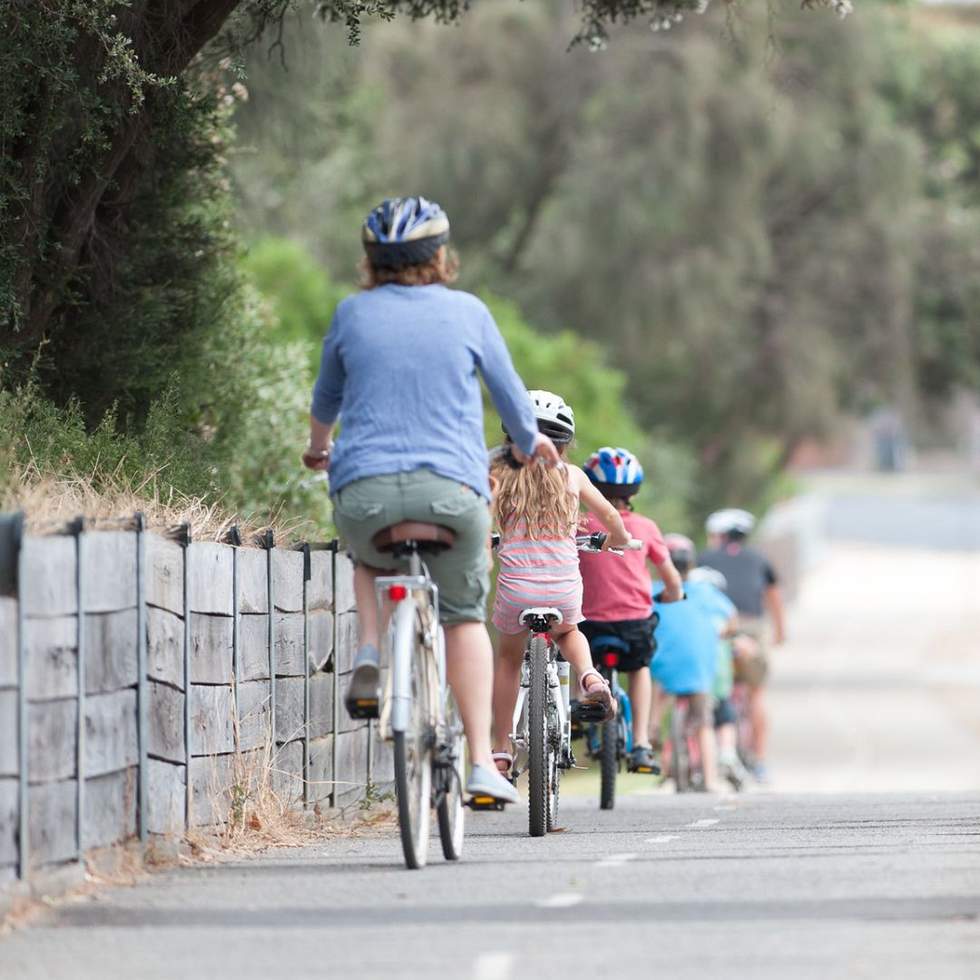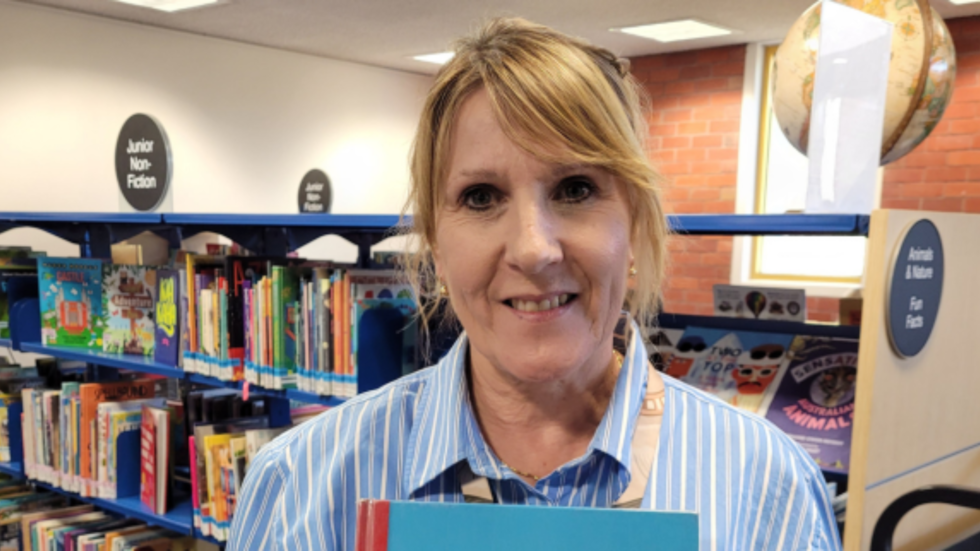Be prepared for flooding
Many parts of our beautiful Bayside area are low lying, meaning properties in those areas face a greater chance of flooding in high rainfall events.
While localised flooding can happen any time, historically most flooding events have occurred between December and February.
Preparing yourself, your home, and your community for flooding
The first step is to understand the flood risk at your own property, which is available to look up via the Special Building Overlay (SBO) from Council’s planning scheme or apply to Melbourne Water directly for a Flood Level Certificate.
If you live in an area prone to flooding, preparing your house can help reduce the effects of flooding, and reduce recovery costs.
The Victoria State Emergency Service (VICSES) has some fantastic tools to help you be better prepared for all kinds of emergency events - local area flood guides and a checklist to build an Emergency Kit – see www.ses.vic.gov.au/plan-and-stay-safe
The Australian Red Cross have templates and apps to make it easy for you to prepare for all kinds of emergencies – visit www.redcross.org.au/prepare.
As well as getting your Emergency Kit and Emergency Plan ready, here are a few other simple steps to help you be more flood resilient as summer approaches:
- Add cleaning any drains, gutters and downpipes to your ‘spring cleaning’ schedule.
- Sign up to receive alerts and warnings from the VicEmergency app or website (www.emergency.vic.gov.au/respond)
- Save emergency numbers and keep your mobile phone charged ahead of any forecast heavy rains.
- Check if your home and contents insurance includes flooding.
- Support any neighbours who may need assistance in an emergency (elderly, young children, mobility barriers, etc.) to prepare an Emergency Plan and Emergency Kit.

